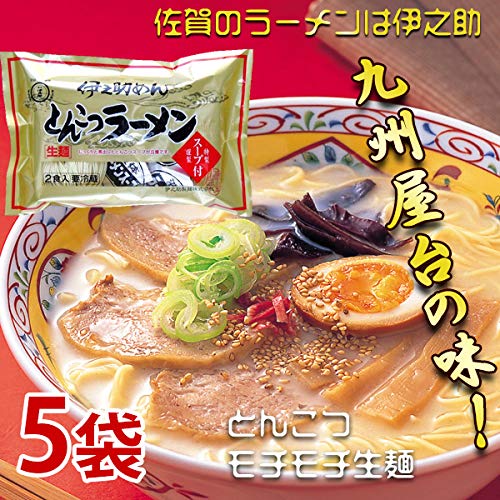I've been looking for noodles that go well with Hakata-style Tonkotsu Ramen. This time, I found this fresh noodle at a large home center. It's the "Inosuke Fresh Ramen" from Inosuke Seimen Co., Ltd. Inosuke Seimen Co., Ltd. is a noodle-making company in Kanzaki City, Saga Prefecture, famous for Kanzaki Somen. The company was founded in the first year of Bunsei (1818) and has a long and proud history.
Kanzaki Somen is famous for its rich aroma of wheat and strong texture. In 1635, a monk from Shodoshima who was traveling around the country collapsed at Kanzaki Inn on the Nagasaki Highway. The kind people of Kanzaki took care of him, and he taught them the method of making somen. That's how somen-making in Kanzaki began. In the early Meiji period, large-scale noodle production using machines began in Kanzaki. Now, Kanzaki is a major production area for somen.
With such a background, this fresh ramen born in Kanzaki is bound to be delicious. I'm full of expectations.
The packaging gives a very hygienic impression.

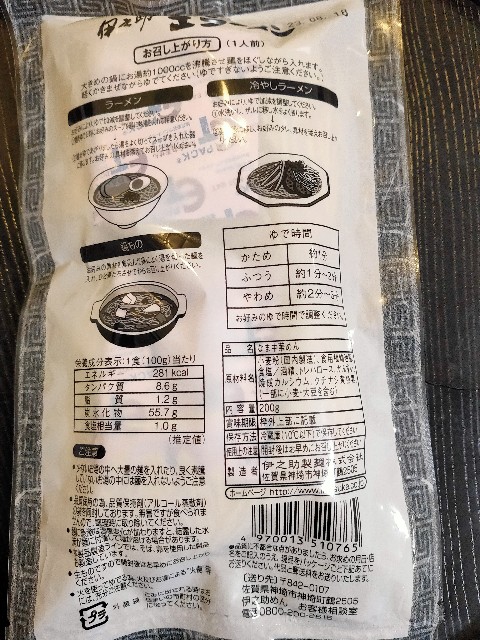
The blade number (grade) is unknown, but it's quite thin. The color is a slightly yellowish white. It looks delicious with its hardness and flexibility.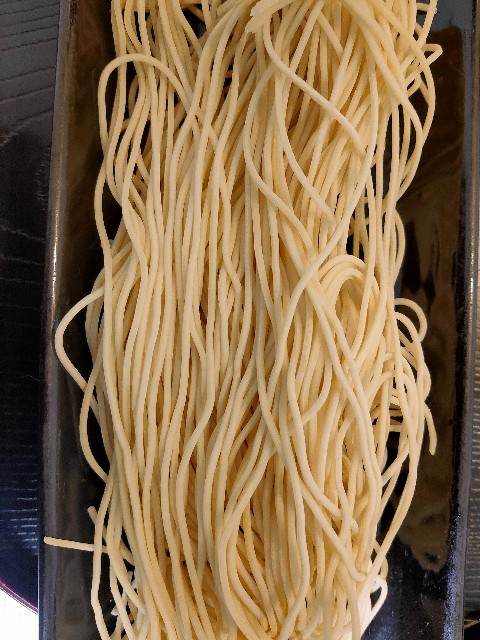
The boiling time is about one minute for a firmer texture, which is close to the boiling time for Hakata Ramen.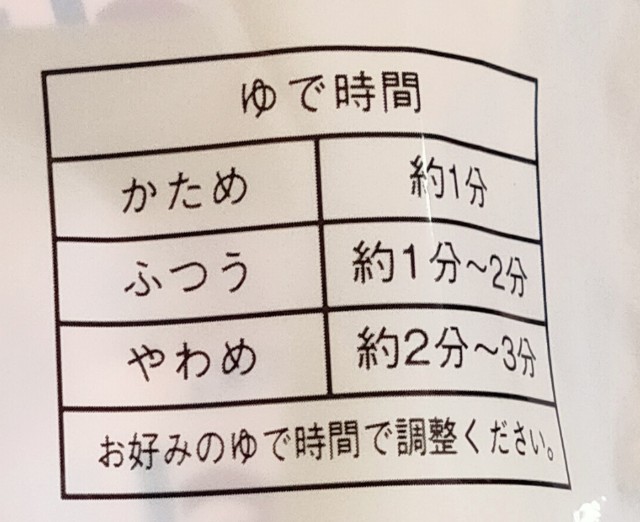
I combined the Inosuke Fresh Ramen, boiled to a firmer texture, with a store-bought Tonkotsu soup + homemade Chashu sauce to make the soup and tasted it.
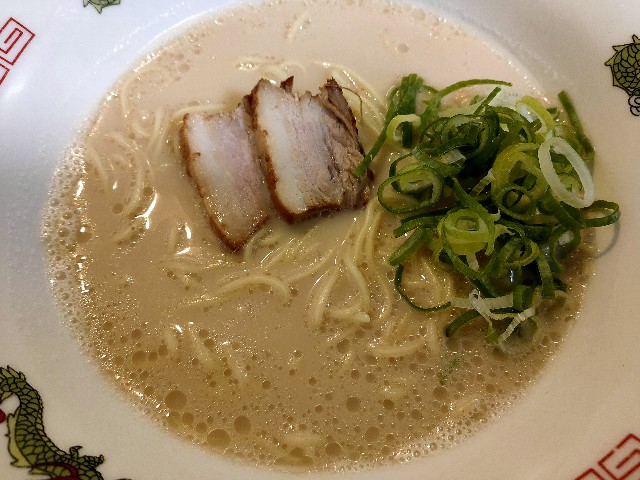
The noodles made in Kanzaki have a strong texture. The surface of the noodles is not too smooth, and there's a moderate roughness, which seems to go well with Hakata Ramen. The flavor is just the right wheat flavor. This is good. If I could be a bit greedy, I'd be happier if the noodles were a bit thinner, but that might make it difficult to distribute. I'm thinking of trying various things using this Inosuke Fresh Ramen for a while.
神埼 (Kanzaki): A city in Saga Prefecture, Japan.
そうめん (Somen): Thin white Japanese noodles made of wheat flour.
製麺 (Seimen): Noodle-making.
伊之助製麺株式会社 (Inosuke Seimen Co., Ltd.): A specific noodle-making company in Kanzaki.
博多ラーメン (Hakata Ramen): A type of ramen from Hakata, Fukuoka, known for its thin noodles and pork bone broth.
とんこつラーメン (Tonkotsu Ramen): Ramen with a broth made from boiling pork bones.
佐賀県 (Saga Prefecture): A prefecture in the Kyushu region of Japan.
文政元年 (First year of Bunsei): The first year of the Bunsei era, which is 1818.
小麦 (Komugi): Wheat.
コシ (Koshi): Texture or firmness, especially used to describe noodles.
行脚 (Gyoko): Pilgrimage or traveling on foot.
小豆島 (Shodoshima): An island in the Seto Inland Sea of Japan.
雲水 (Unsu): A wandering monk.
長崎街道 (Nagasaki Highway): An old highway in Japan.
明治 (Meiji): An era in Japanese history, from 1868 to 1912.
生ラーメン (Fresh Ramen): Fresh, uncooked ramen noodles.
衛生的 (Eiseiteki): Hygienic.
切刃番号 (Kiriba Bangou): Blade number or grade, used to describe the thickness of noodles.
茹で時間 (Yudetoki): Boiling time.
かため (Katame): Firmer texture.
市販 (Shihan): Store-bought or commercially available.
とんこつスープ (Tonkotsu Soup): Soup made from boiling pork bones.
自作 (Jisaku): Homemade.
チャーシュータレ (Chashu Tare): Sauce made from Chashu, a type of braised pork used in ramen.
実食 (Jisshoku): Actual tasting or trying out.
表面 (Hyomen): Surface.
滑らか (Namayaka): Smooth.
ザラつき (Zaratsuki): Roughness or coarseness.
風味 (Fumi): Flavor or aroma.
流通 (Ryutsu): Distribution or circulation.
